Portuguese village - Vidago - From the top of the hill
Hello everyone and welcome to my blog :-)
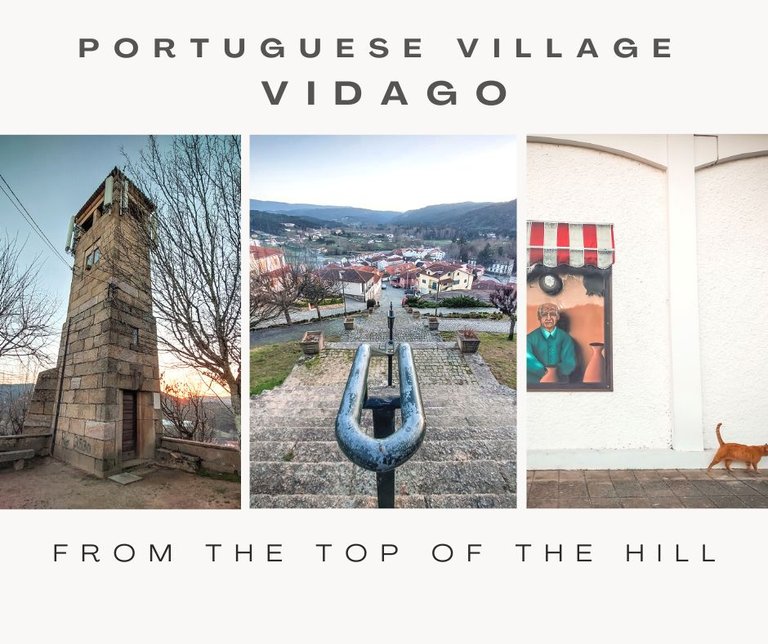
Today, instead of continuing our trip through Chaves, I'm going to show you a small village that we visited before arriving at our final destination. But before that, I would like to share something with you. You've certainly heard of the famous Route 66 in the United States. Here in Portugal we have Nacional 2 :-) This road is the third longest in the world at 739 km and connects Chaves to Faro. When traveling through it, we can pass through eleven districts, thirty-five municipalities, four mountains and more than ten rivers. This trip can be done using various means of transport or even on foot.
It all depends on each person’s time and personal taste. In addition to the memories that will be recorded (which I believe will be unforgettable), a passport was developed, issued by the Association of Municipalities of Estrada Nacional Rota 2, and you can get it stamped at tourist offices during your trip. Really cool, don't you think?

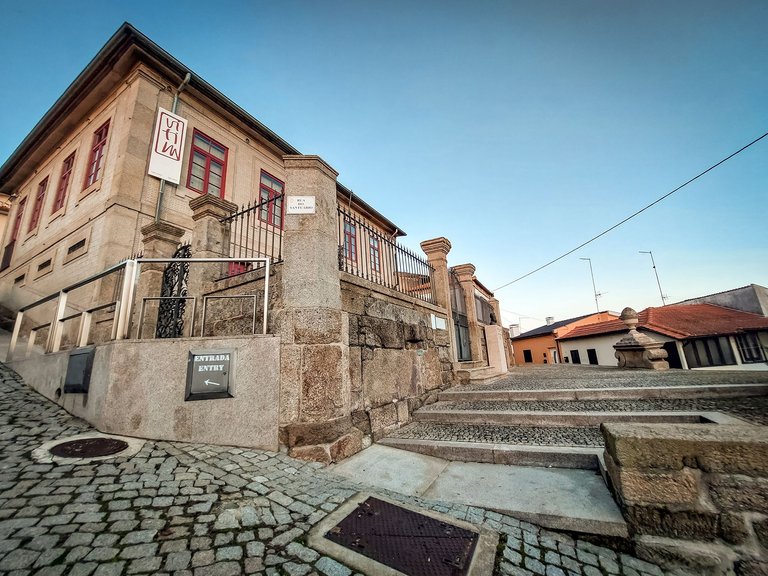
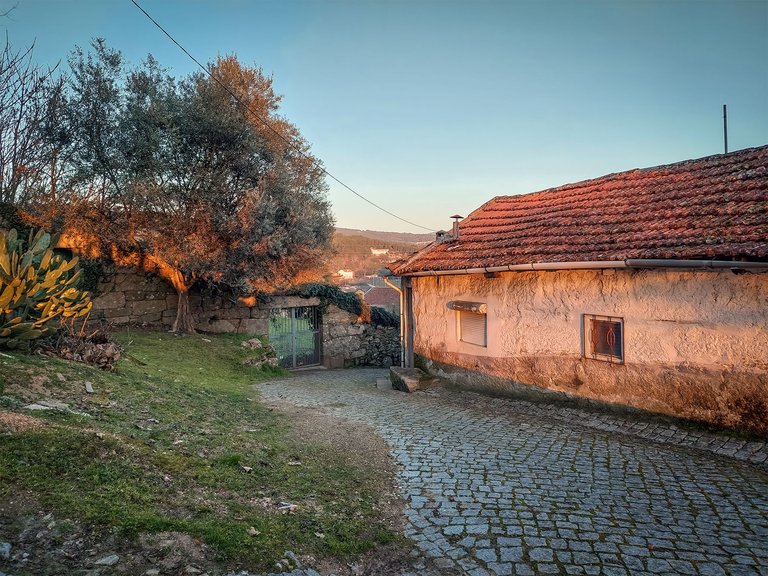
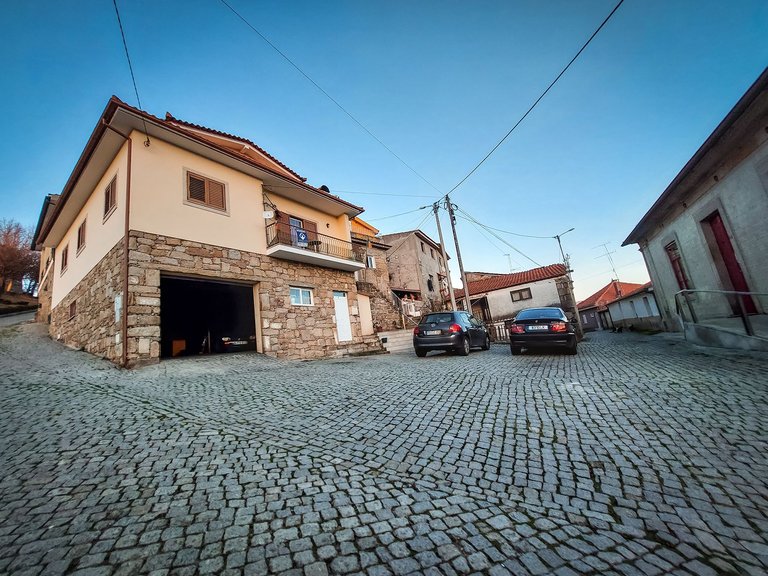
Vidago is a small village known for the production of mineral water, with brands such as Vidago, Campilho and Salus. This town was once one of the most popular thermal destinations in Portugal, offering waters that are apparently effective in treating digestive problems, thanks to their sodium bicarbonate content and, according to advertising sources, radioactive elements.
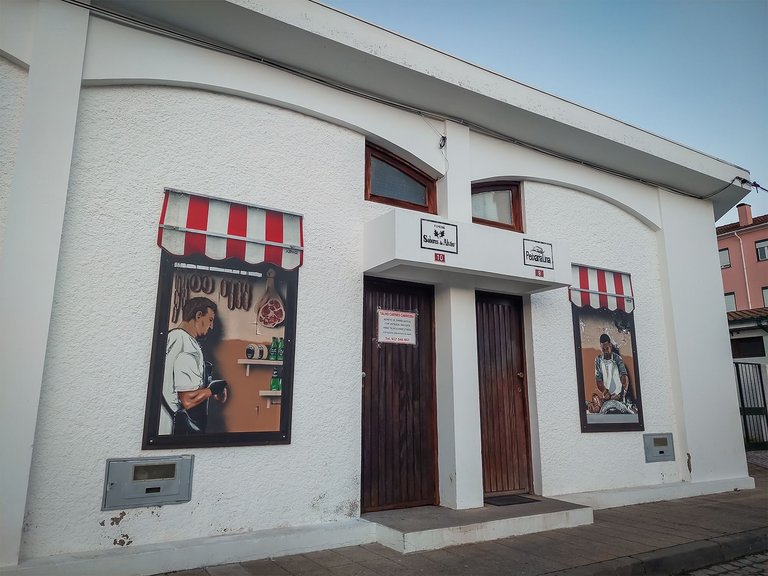

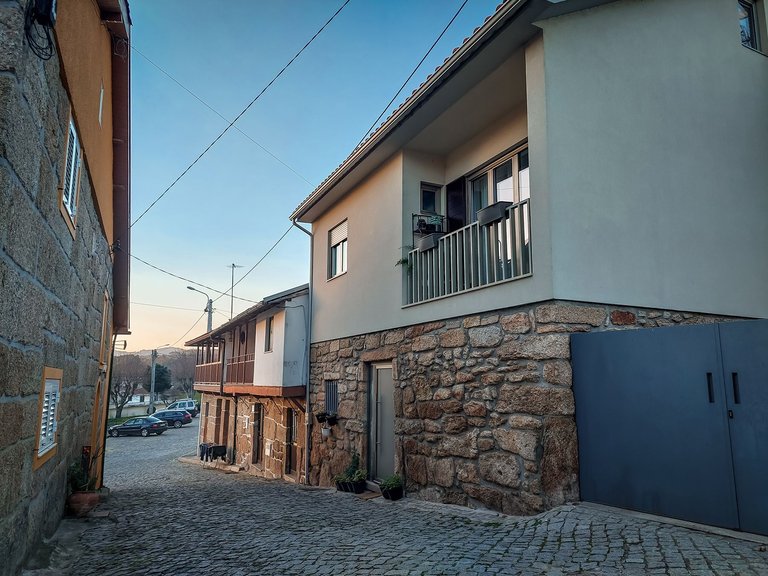
It is said that this belief dates back to Roman times where they came in search of healing, bathing and drinking its sacred waters to alleviate the body's ailments. Although its settlement dates back much earlier than the 12th century, Vidago was then nothing more than an insignificant village compared to its neighbors.
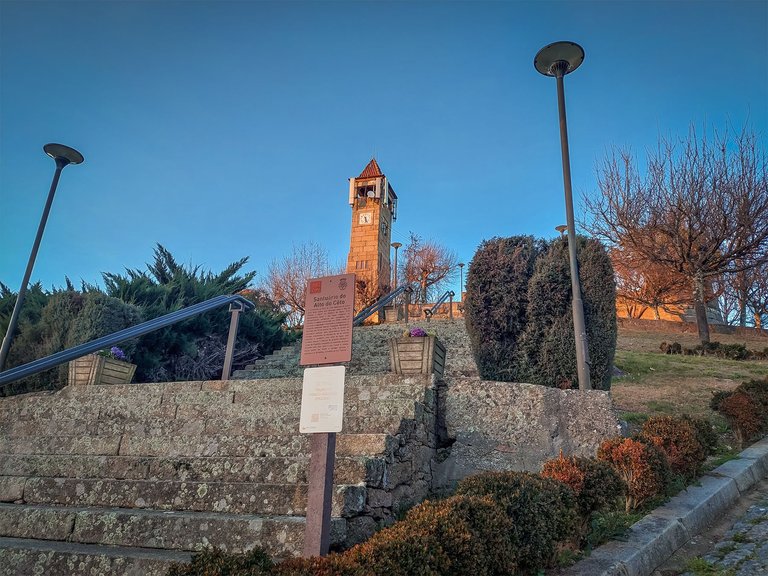
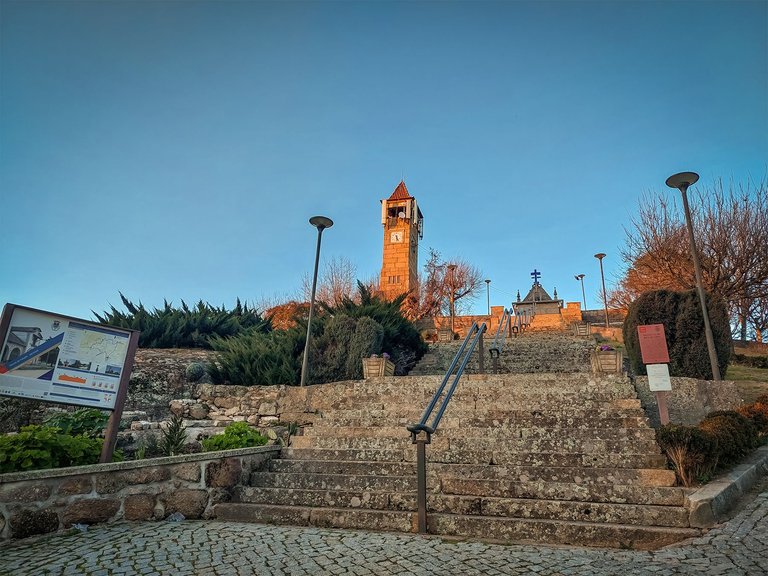
It is very likely that the place was already inhabited in pre-Roman times, as suggested by archaeological evidence, the topography of the region and even the name of the place itself. Its strategic location made it ideal for defense, while the region's abundance of mineral waters would not have escaped the Romans, who valued hot springs wherever they found them.
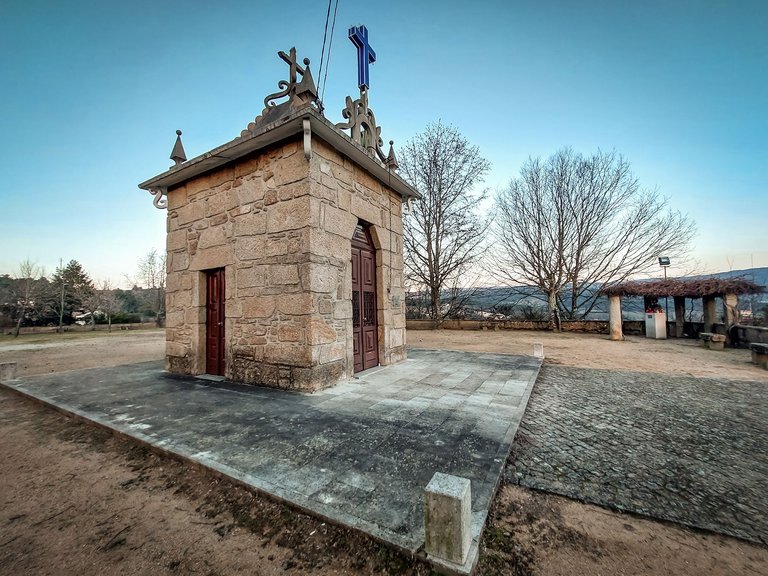
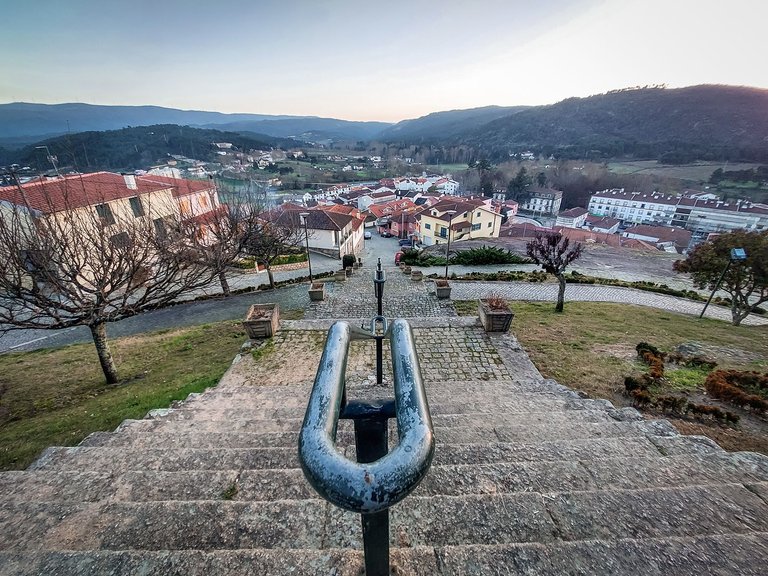
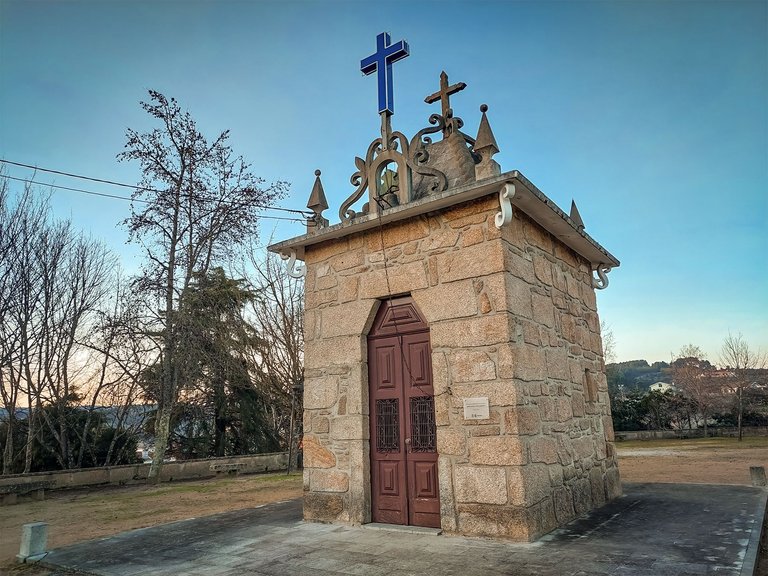


As soon as we arrived, we saw a tower high up. We decided to go up to see what it was all about and we were not disappointed.
At the top of Côto, there is a mountain that offers a panoramic view over the village of Vidago and a large part of the Ribeira de Oura valley. Here we learn that D. Eugénia Adelaide Morais Campilho Montalvão, known for her generosity towards the poor, is at rest, having passed away on 03/18/1920.
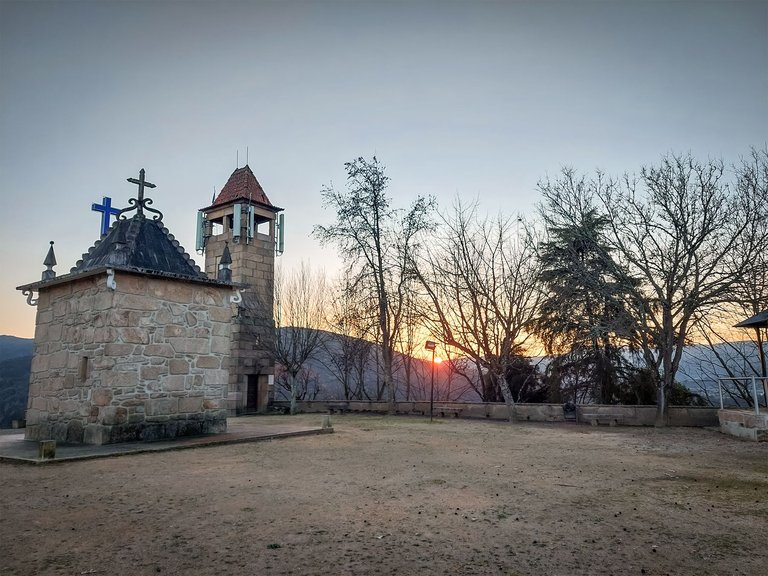
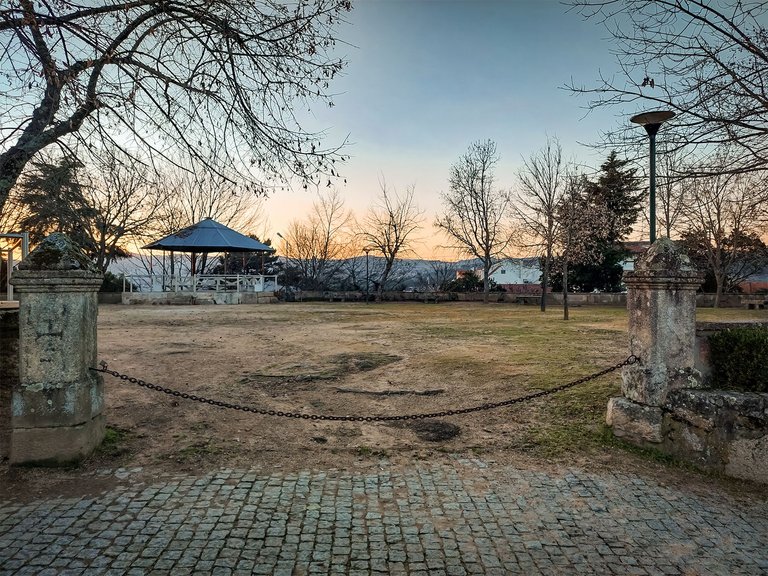
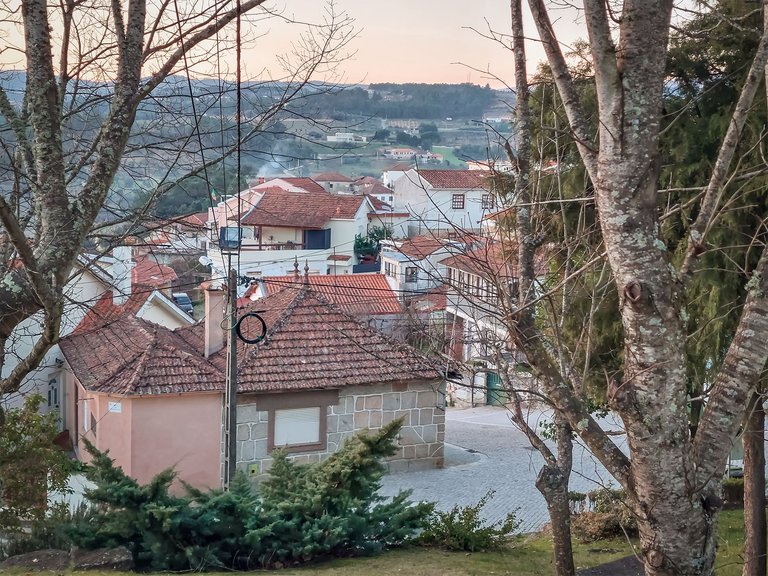

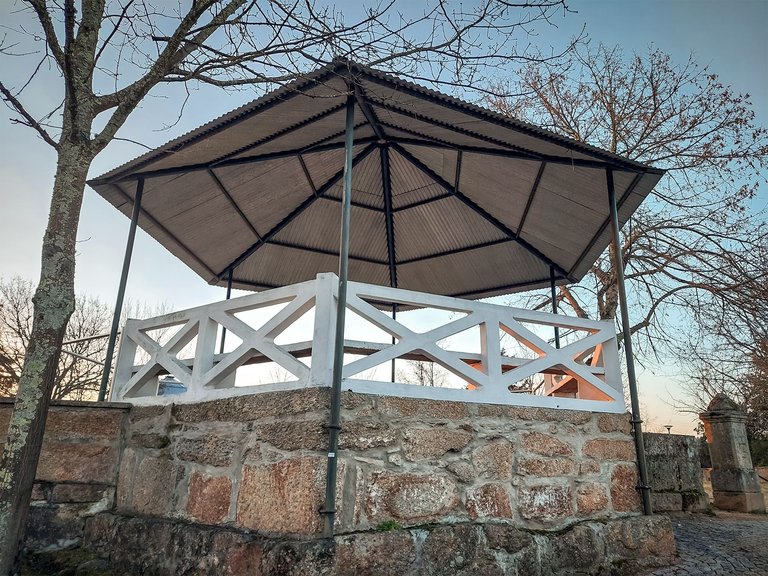
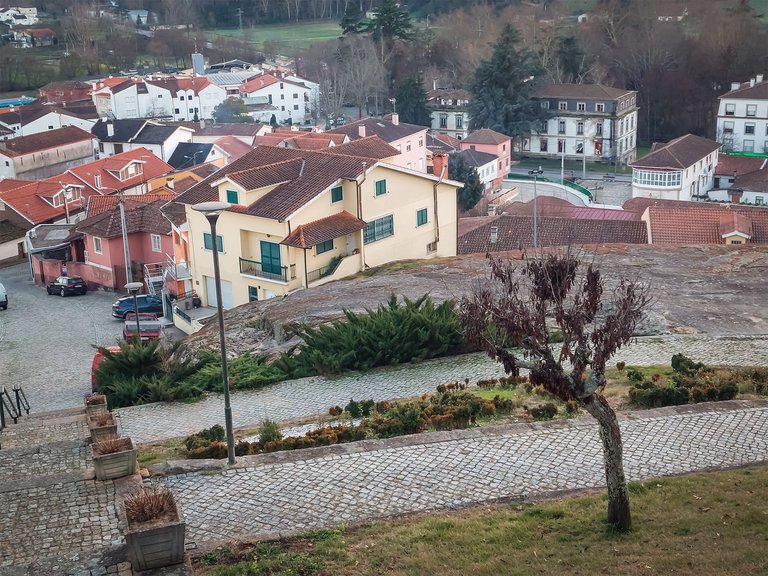
There is a bust in her honor where many place candles to fulfill her requests, or just as a form of thanks. The small chapel where she was buried was built by the community in the 1930s and is still considered a sacred place by many today.
As we walked through the streets it was possible to observe that in many places there were houses painted on the facades, windows with images of people working (in the case of a butcher shop), others simply looking as if they were watching our passage and in another building a tribute to some of our Portuguese artists such as fado singer Amália Rodrigues or writer José Saramago.
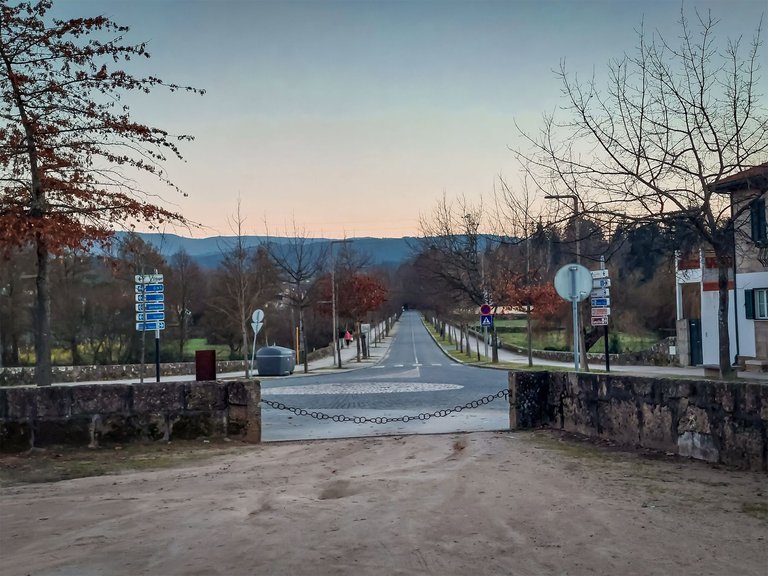
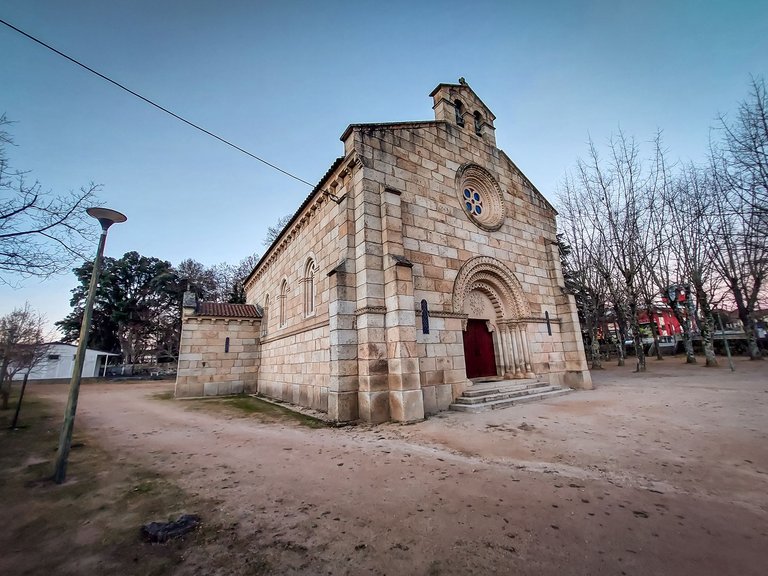
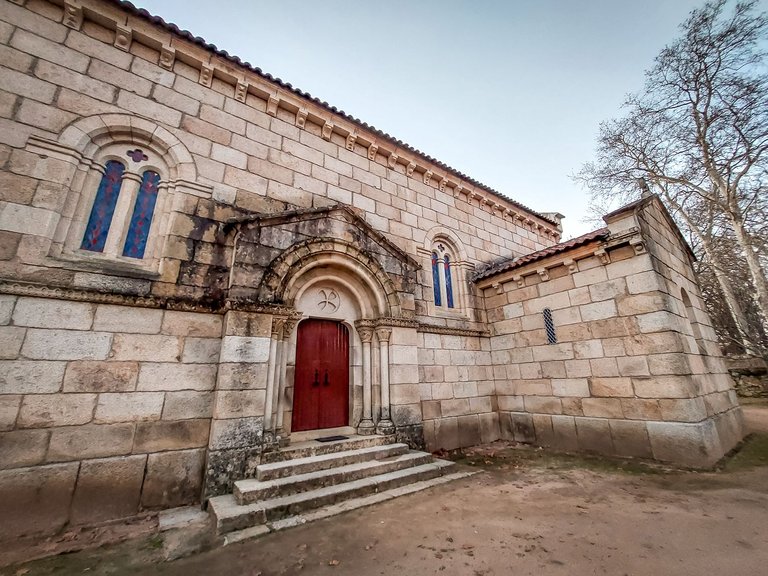

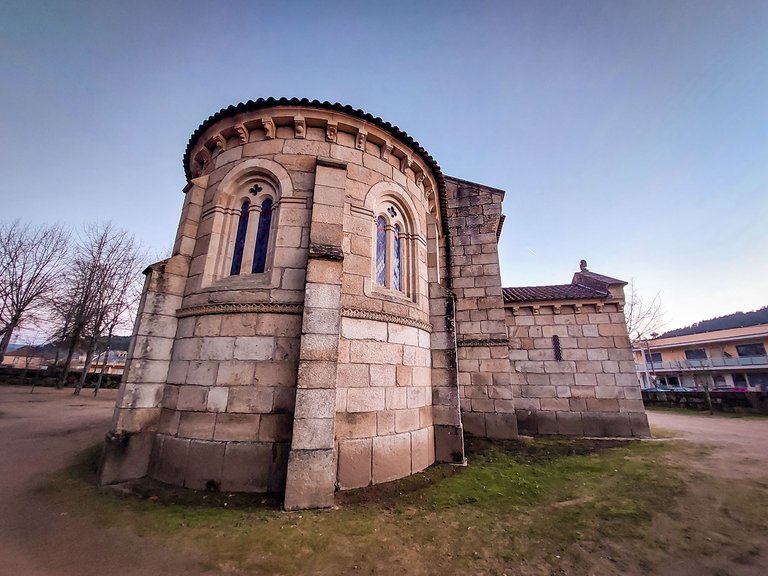
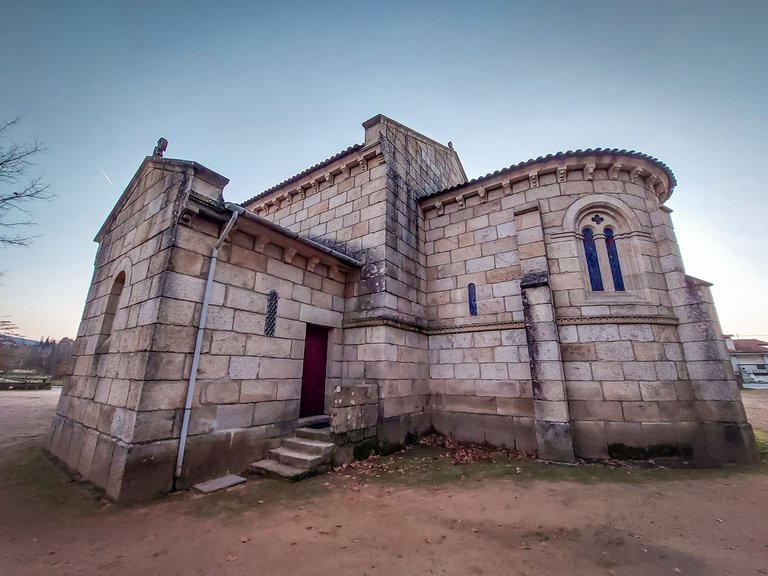
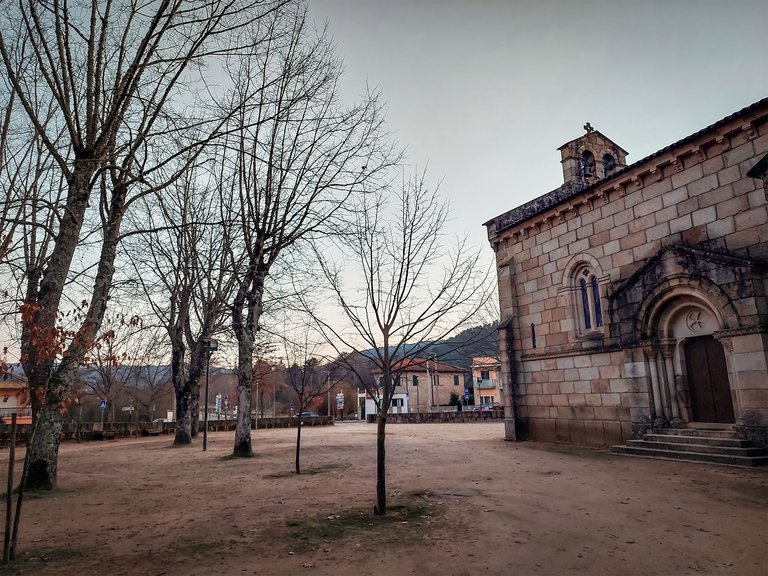
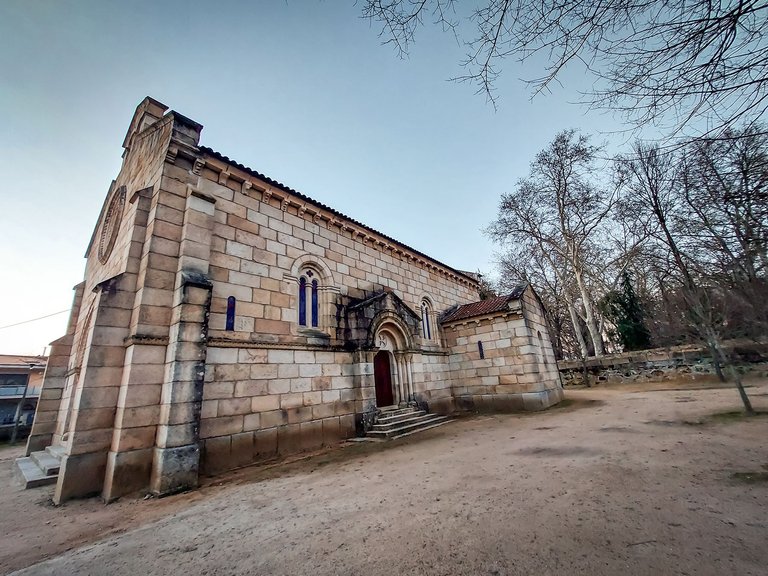

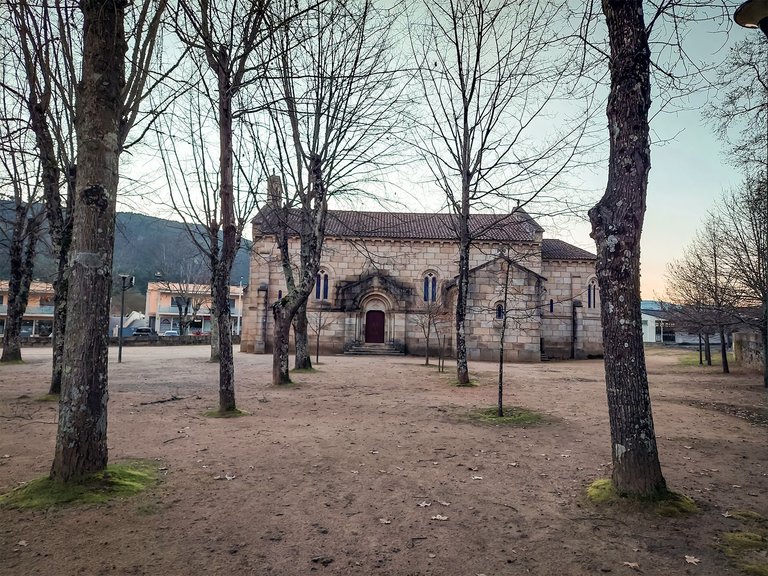
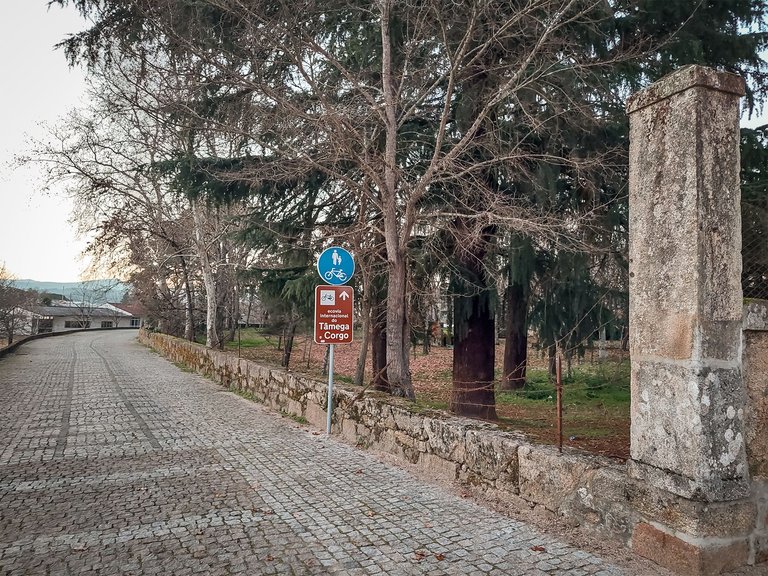
We continue our walk to the Parish Church or Church of Nossa Senhora da Conceição. It was built in the 20th century and has a large churchyard like I never remember seeing. Unfortunately it was closed, so it was only possible to see that the exterior was extremely well looked after and that its windows were made up of neo-Romanesque stained glass.
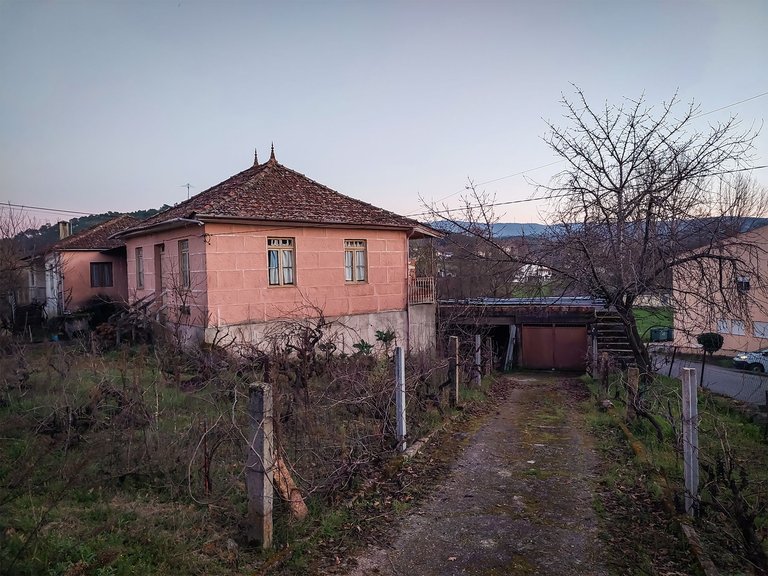
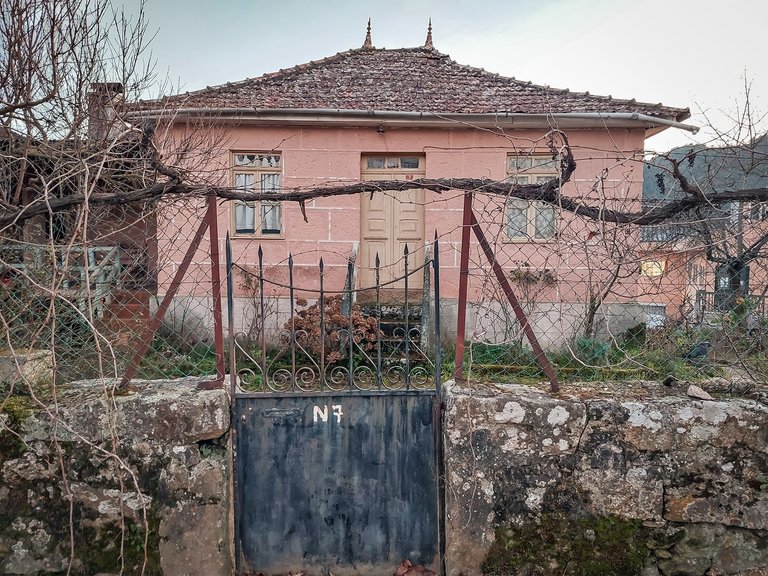
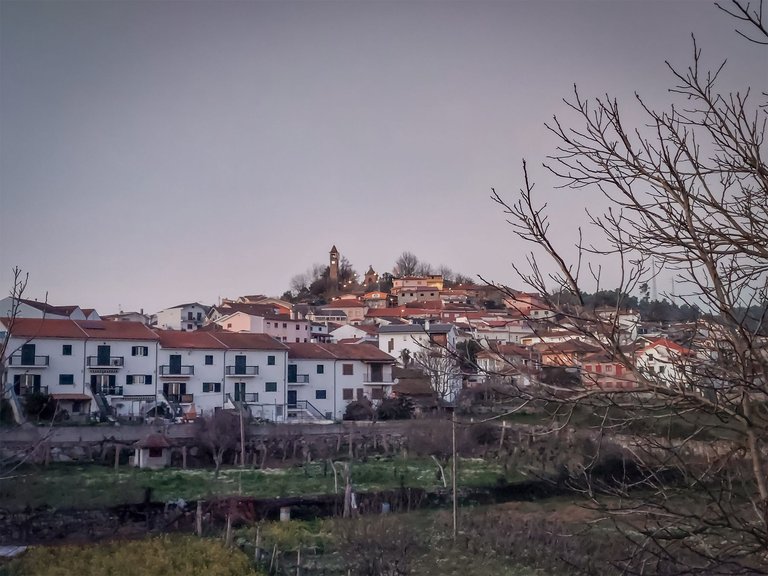
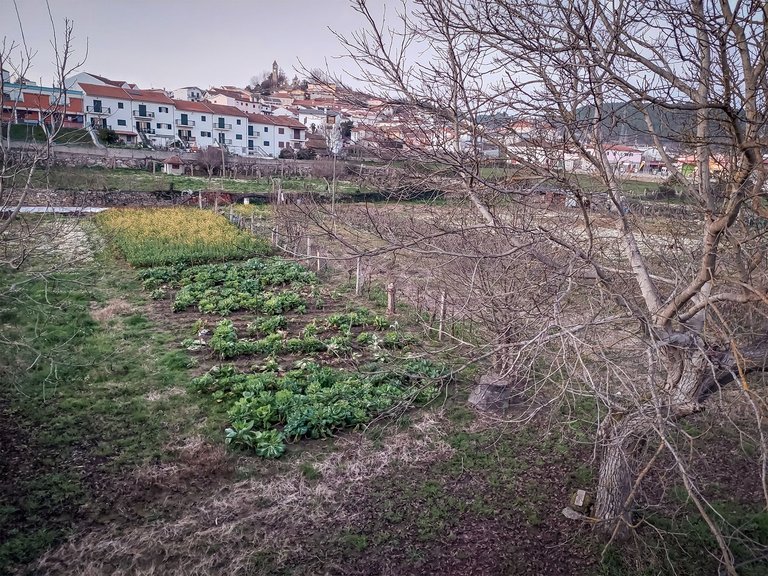
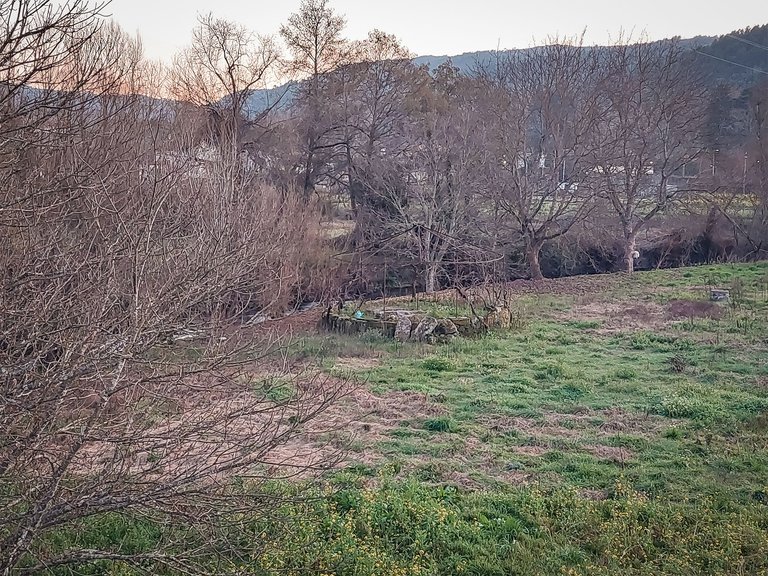
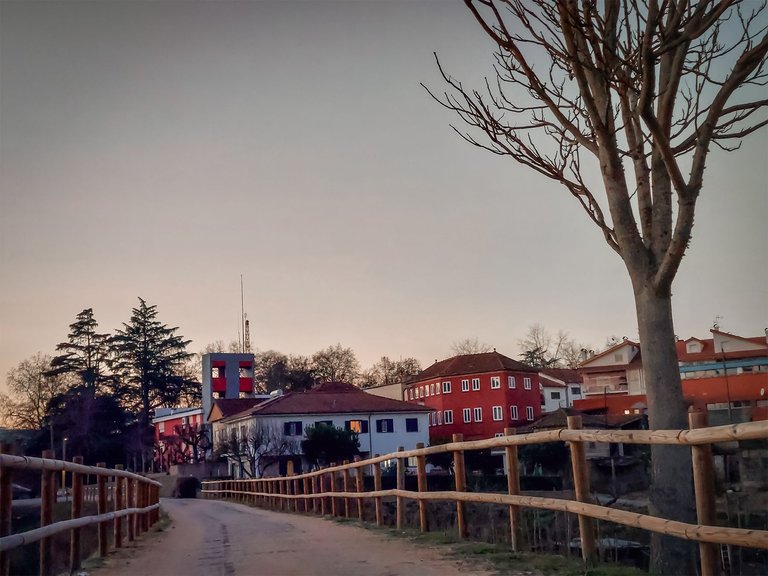
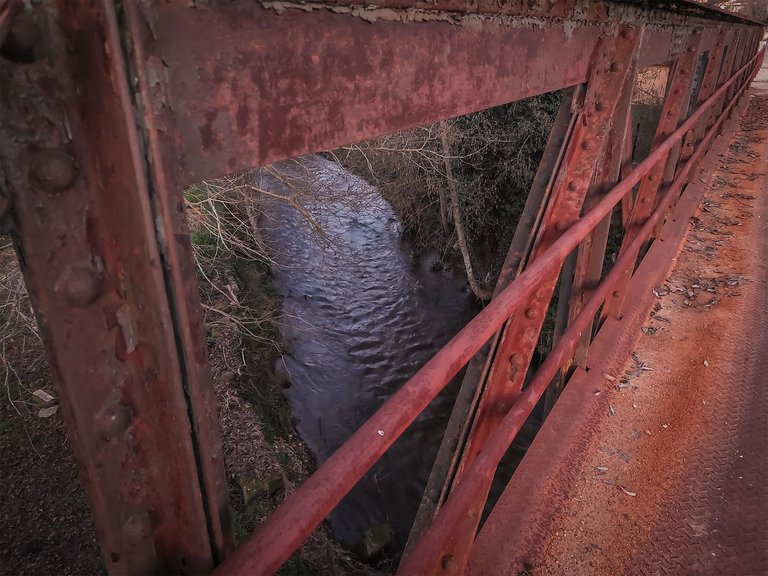
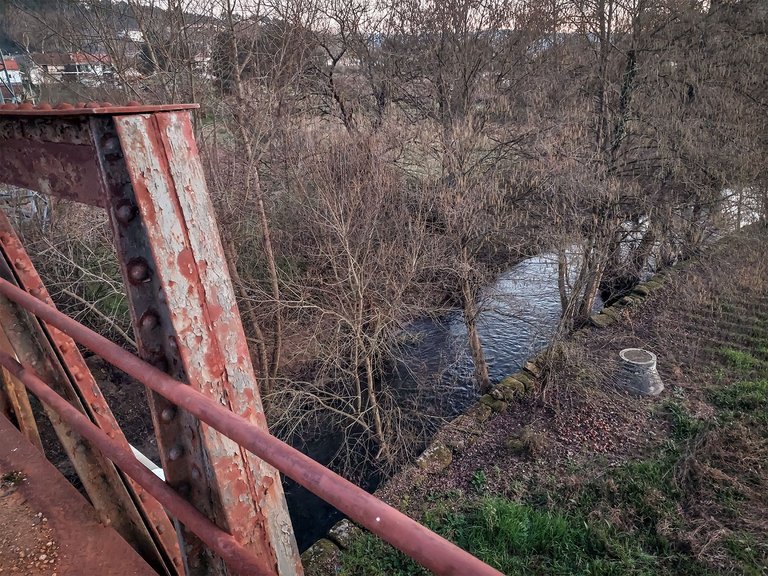
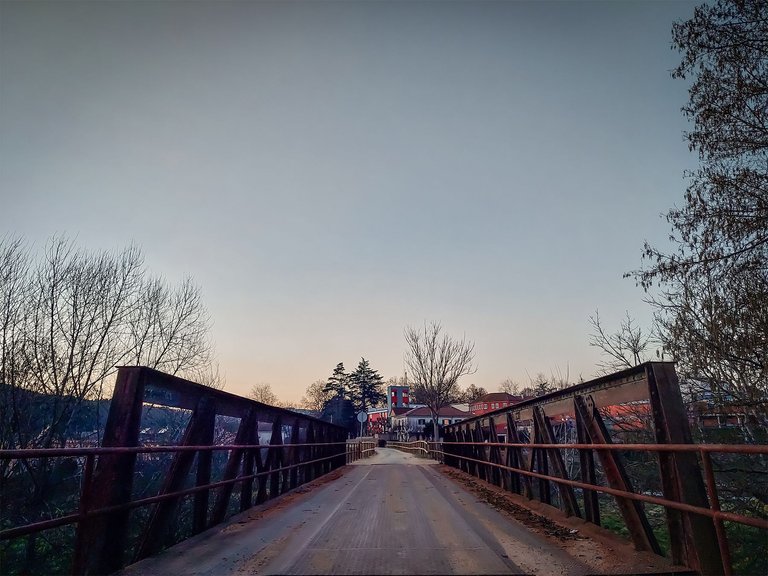
Right next door we have Corgo Ecopista, which results from the recovery of an old railway line that connected Chaves to Régua.
We decided to walk a little through it, crossing a bridge where we ended the day with some photos.
I hope you enjoyed.
See you around.
Wishing you much peace and health
Those who pass by us do not go alone. They leave a bit of themselves, taking a piece of us."
Author: Antoine de Saint-Exupery, The Little Prince.

